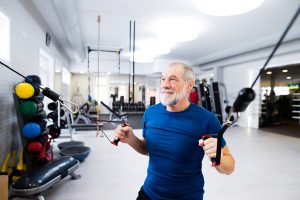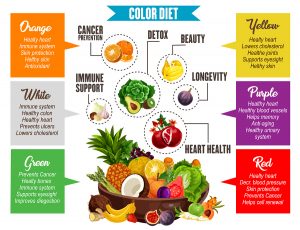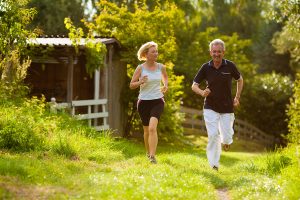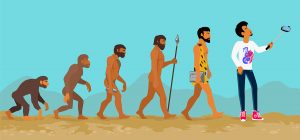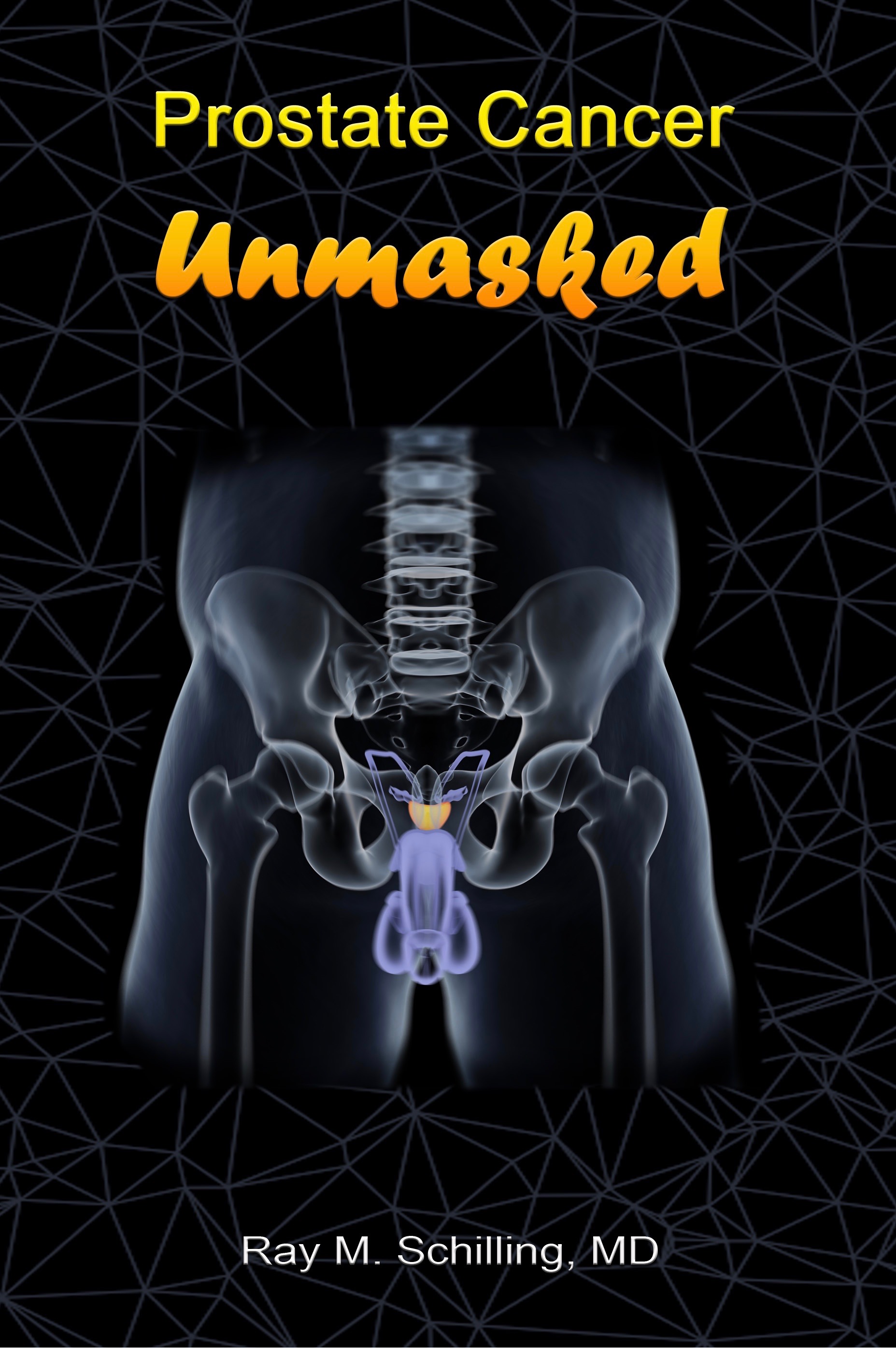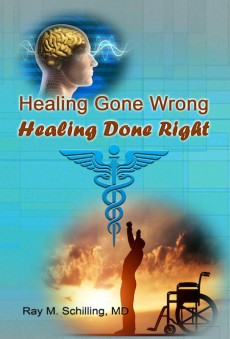The National Strength and Conditioning Association restated that resistance training in seniors is essential for healthy aging.
In a summary statement the association said: ”Current research has demonstrated that countering muscle disuse through resistance training is a powerful intervention to combat muscle strength loss, muscle mass loss (sarcopenia), physiological vulnerability (frailty), and their debilitating consequences on physical functioning, mobility, independence, chronic disease management, psychological well-being, and quality of life.”
This research is not new. But seniors seem to overlook this and prefer to sit around and talk to friends. It is easy to forget going to the gym and work with exercise equipment at least 3 times per week.
Preventing sarcopenia in seniors
In order to prevent falls, the senior needs muscles that are powerful enough to maintain the balance. To achieve this in senior years, it would help to visit a gym three to five times per week and exercise with exercise machines used for resistance training. ( I usually go 5 to 7 times per week and work on 10 weight machines. I have noticed that my strength has improved by doing this persistently.
The authors said in the Position Statement that aging is associated with a variety of biological changes. These can lead to a reduction in skeletal muscle mass, strength and function. This increases the risk of falls. Research has shown that resistance training is a powerful tool to combat the loss of muscle strength and muscle mass. This helps to slow the aging process and prevent falls and fractures.
Poor compliance rate of older adults
Despite the knowledge that resistance training can prevent falls and fractures only 8.7% of adults above the age of 75 in the US are using fitness facilities for resistance exercises.
Conclusion
A new Position paper was published to point out the importance for seniors to engage in resistance training. Only 8.7% of adult above the age of 75 in the US are actually following this advice. This puts the majority of older residents in the US at risk of falling. Once you fall, you can succumb to a fracture of a bone. Typically fractures in seniors are due to muscle weakness. The Position paper has laid out the research, the exact exercises and follow-up data on resistance training. Those who have engaged in a resistance-training program have enjoyed many benefits. The evidence is very convincing that resistance training will indeed help prevent falls and injuries. It will also be of benefit to improve the quality of life in older age.
